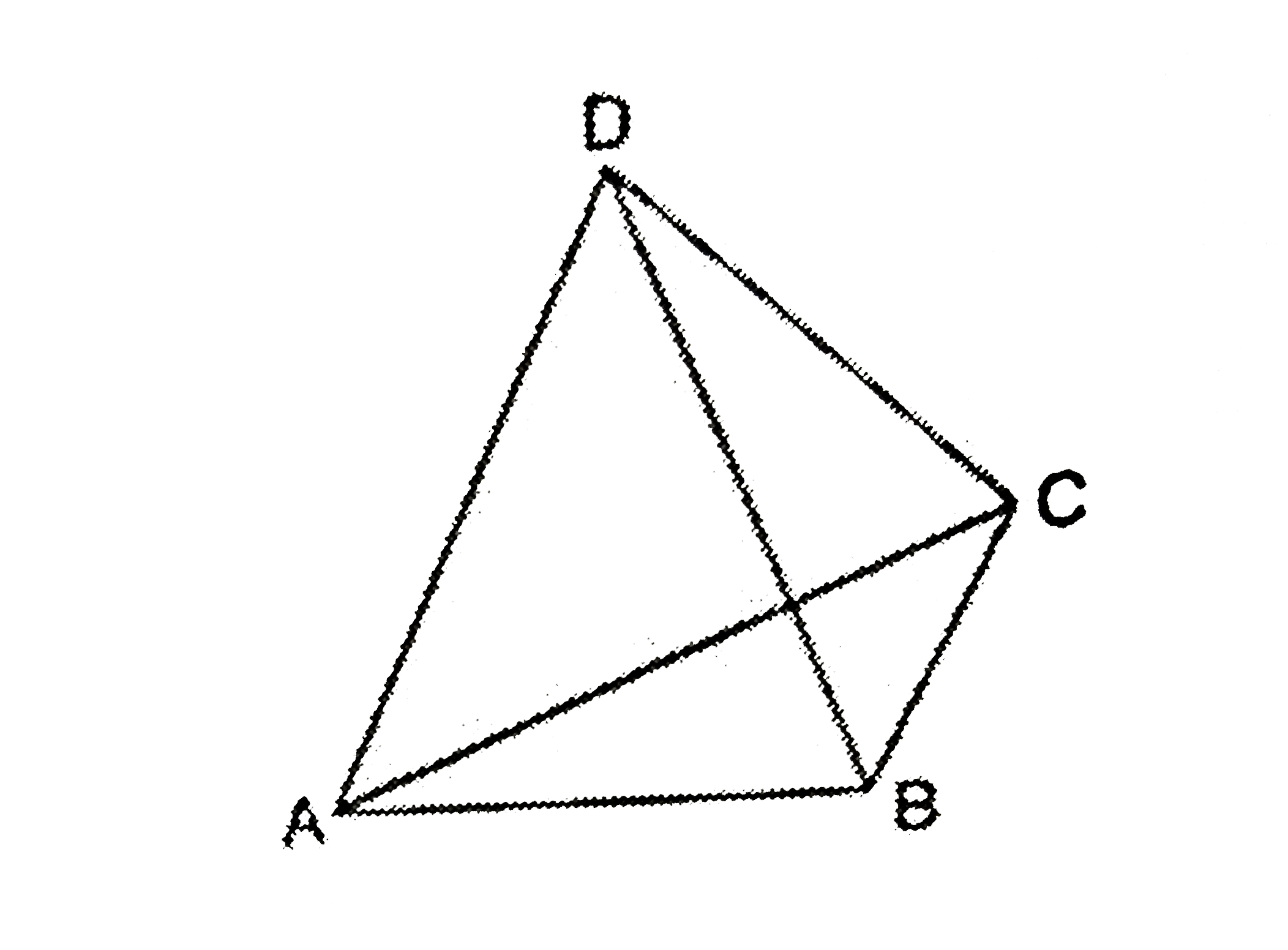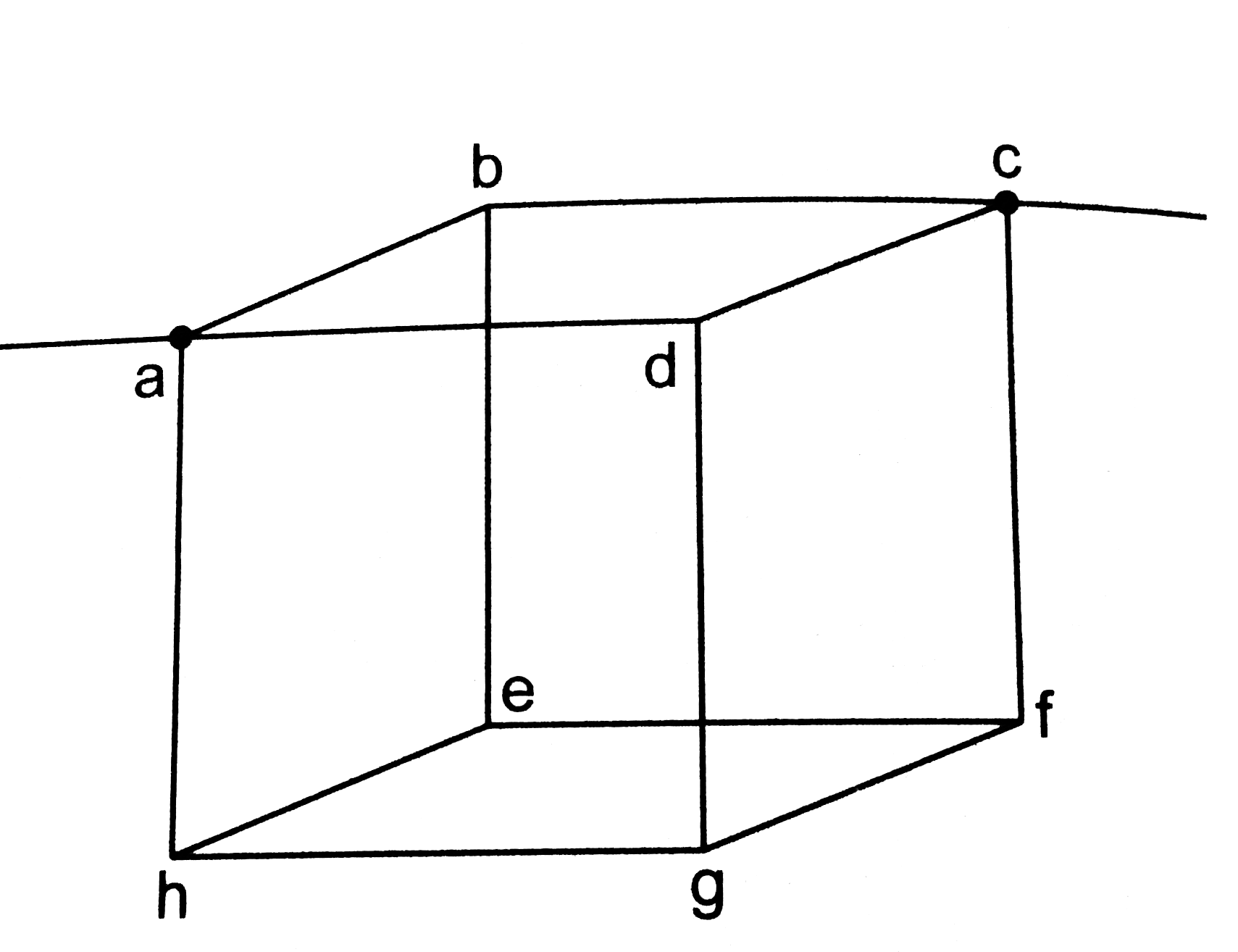Twelve identical wires each of resistance R are joined to form a cube as shown in the figure. A current of 6 ampere enters the cube at A and leaves at G. The current I in the branch FG is

1A
2A
3A
4A
The correct Answer is:B
2 A, By symmetry, current of 2 A will flow through FG, HG and CG as all wires have the same resistance.
Topper's Solved these Questions
Similar Questions

Twelve indentical resistance each of resistance R are joined to form a cube as shown in figure. Find resistance of the combination across AB.
View Solution
Tweve identical resistance each of resistance R are joined to form a cube as shown in figure.
Find resistance of the combination across AB
View Solution
Knowledge Check

Six identical wires of resistance R each are joined to form a pyramid, as shown in the figure aboveAThe equivalent resistance between any two corners will depend on the choice of cornersBThe equivalent resistance between A and B is R/2CThe equivalent resistance between D and C is zeroDIf an electric current enters at A and flows out at B, no current will pass through DC.Twelve wires each of resistance 6Ω are connected to from a cube as shown in the adjoining figure. The current enters at a cornet A and leaves at erhe diagonally opposite corner G. The equivalent resistance across the corners A and G is
 A12ΩB6ΩC3ΩD5Ω
A12ΩB6ΩC3ΩD5ΩTwelve equal wires each of resistance rΩ form a cube. The effective resistance between the corners of the same edge of the cube is
A712rB127rC57rD125r
Twelve identical wires each of resistance 6Ω are joined to from a skeleton cube. Find the resistance between the current of the same edge of the cube
View SolutionTwelve identical resistance R each form a cube as shown in figure. Resistance across its face diagonal AC corners is

View SolutionTwelve wire, each having resistance r, are joined to form a cube as shown in figure.Find the equivalent resistance between the end of a face diagonal such as aandc.

View SolutionTwelve wire, each having resistance r, are joined to form a cube as shown in figure.Find the equivalent resistance between the end of a face diagonal such as aandc.

View SolutionTwelve identical resistance R each form a cube as shown in figure . Resistance across its face diagonal AB corners is

View Solution
